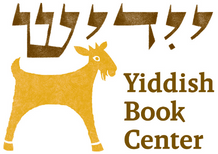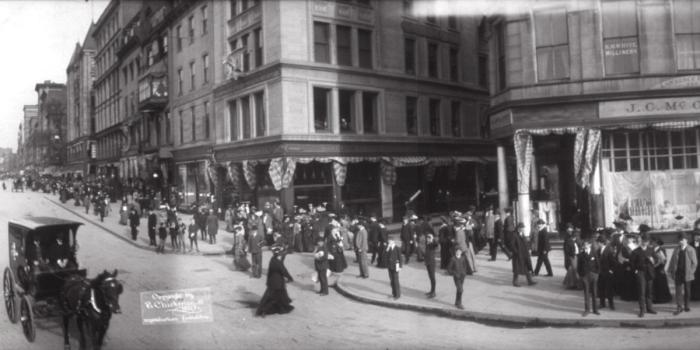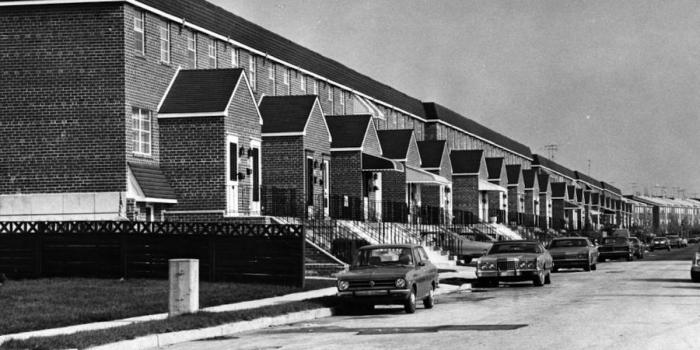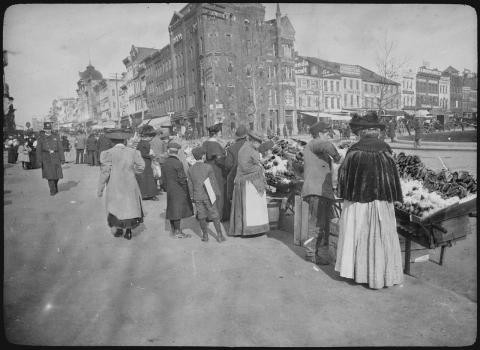Jewish American Heritage Month 2024
Highlights from our collection about Jewish American identity
Jewish American Heritage Month is a time to celebrate and reflect on the contribution of Jews to American life and culture. At the Yiddish Book Center, we’re marking this occasion by diving deep into our collections. Presented here is a carefully curated selection from our materials that highlights different aspects of the Jewish American story that speak to Yiddish culture and beyond. Incorporating a range of resources—from Yiddish books and oral histories to audio recordings and teacher guides—that span all sorts of identities and experiences, we hope that you’ll explore this collection throughout the month and bring it into your classrooms, communities, or even just into your home.
Interview with Leonard Nimoy
Leonard (Leyb) Nimoy, z”l, was Star Trek’s Spock—but he was also a Yiddish speaker with Jewish roots in Boston’s heymish West End neighborhood who early in his career worked with the world-renowned Yiddish theater director Maurice Schwartz.
This short film draws from a longer oral history interview with Nimoy. Watch the full interview here.
Educator Resource Guides
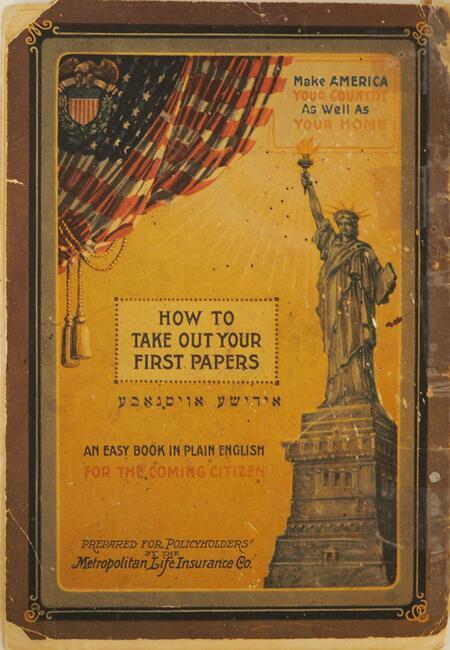
To support educators this Jewish American Heritage Month, we have selected eight resource kits that highlight different themes related to the Jewish American experience, including immigration and acculturation to freedom of speech, cultural and linguistic loss, and friendships across cultural boundaries.
From the Bookstore: Shop Titles About American Jewish Identity
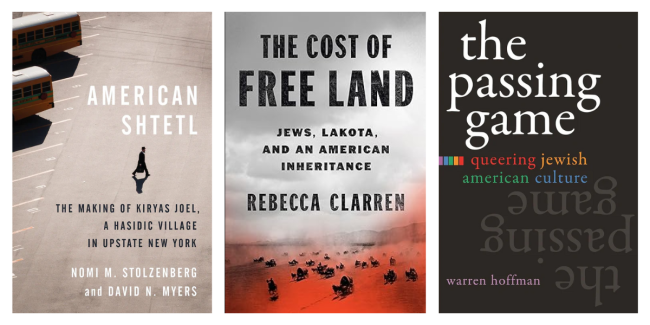
Looking for your next read? Why not check out one of these titles on American Jewish culture and history from a curated list, available in our museum store and online.
Explore a curated reading list featuring books about Yiddish in American life
Browse an extended selection of titles about American Jewish identity in our online store
Amerike, dos land fun vunder (America—The Land of Wonder)
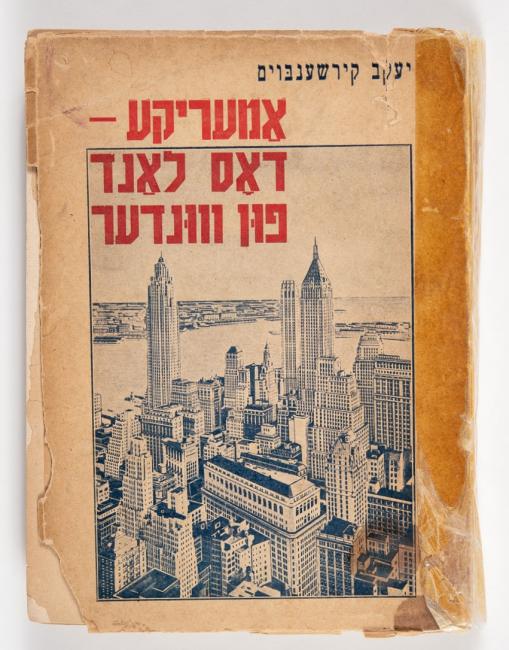
Amerike, dos land fun vunder (America—The Land of Wonder) presents the author Yankev Kirshenboym’s travels across the United States, covering important topics such as “Sandwiches—An American Food.” Kirshenboym later became a Yiddish theater critic under the pseudonym Dr. Kritikus.
An Evening of American Yiddish Poetry
While it took place in Montreal, this evening of Yiddish poetry featured readings of some classics of Yiddish verse in America, including an evocative stanza from Morris Rosenfeld’s poem, “Di svetshop,” which you can listen to below. One of many such evenings hosted at the city’s Jewish Public Library, “Our Garden—An Evening of American Yiddish Poetry” and other recordings are now available digitally through the Yiddish Book Center’s Frances Brandt Library.
Crotona Park: A Yiddish Haven in the Bronx
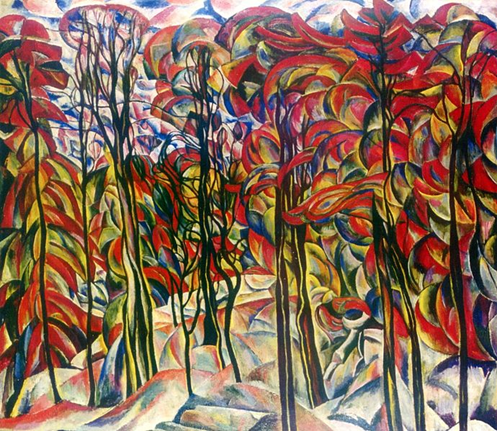
Former Yiddish Book Center fellow Joseph Reisberg takes a thoughtful stroll through the rich historical Yiddish life of Crotona Park in the Bronx. In his words, “Crotona Park, as depicted in Yiddish literature, is a place to relax, reflect, organize, and fall in love.”
Stories of American Jewish Neighborhoods
The Wexler Oral History Project has compiled memories of Jewish life across the United States, highlighting narrators from Boston, Philadelphia, Washington, D.C., and more.
Browse oral history interviews about American Jewish neighborhoods
“Los Angeles,” a poem by Israel Emiot, translated by Leah Zazulyer
Though he lived most of the latter half of his life in Rochester, NY, here the poet Israel Emiot takes on a setting much farther removed from his upbringing in Poland: Los Angeles. As translator Leah Zazulyer puts it, “Emiot’s poem ‘Los Angeles’ weaves together nostalgia for his European prewar life . . . with his love and intense awareness of nature . . . and his overwhelming reaction to the unpredictability of time and place in a life suffused with the wonder and hazards of recovery and renewal.”
Restless, searching, and suffering anew—
I carry a bit of longing for every doorstep.
How do you view yourself in that fresh landscape
where palm trees dress you in new green hats?
More than once you’ve outdistanced death;
but now he swims to the surface with each small swell,
as if one would rhyme bright with soul’s night
and Iberian lemon blossoms with Siberian sleds.
It is not your last labor, nor your final haven;
but say, as did the Creator on the third day—
It is good. It’s good!
Something is lacking, and much will always be,
but then, you see all colors die out in brightness,
even as they recover from their long journeys.
און טראָג דאָס ביסל בענקשאַפֿט פֿאַר אַ יעדער שװעל,
װי געפֿעלסטו זיך אינעם נײַעם געמעל? —
פּאַלמעס טוען אָן דיר נײַע, גרינע היטן. האָסט דעם טױט נישט אײנמאָל אױסגעמיטן,
ערשט שװימט ער אױף מיט יעדער קלײנער װעל,
כאָטש נעם גראַם העל מיט זעל,
און ציטרינען־בליטן מיט סיבירער שליטן. ס'איז נישט דאָס לעצטע װערק און נישט דײַן לעצטער האַפֿן,
נאָר װי אַמאָל בײַם דריטן טאָג באַשאַפֿן
זאָג, װי דער באַשאַפֿער, כי טובֿ, ס'איז גוט!
עס פֿעלט עפּעס און ס'װעט אַ סך נאָך פֿעלן,
נאָר אַלע פֿאַרבן שטאַרבן אָפּ אין העל
פֿון אַלע לאַנגע װעגן אױסגערוט.
The Black Struggle in Yiddish Literature
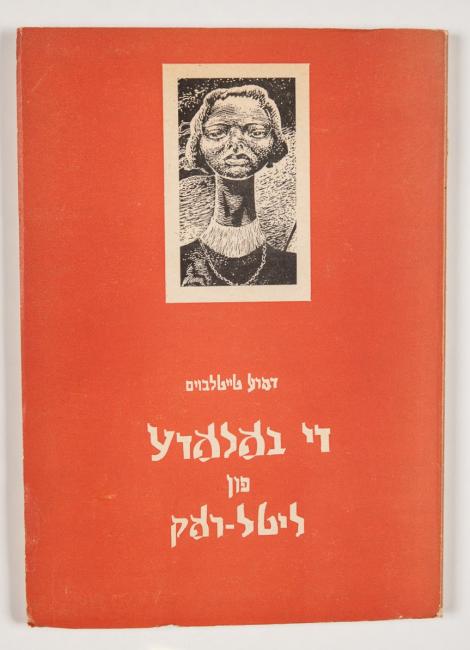
Many people can recall the iconic photo of Rabbi Abraham Joshua Heschel marching arm-in-arm with Dr. Martin Luther King, Jr. Fewer, however, are familiar with representations of Black struggle in the pages of Yiddish literature. In this issue of the Weekly Reader, we feature five Yiddish-language selections about Black culture and anti-Black racism from our collection.
American Jewish Farming Communities
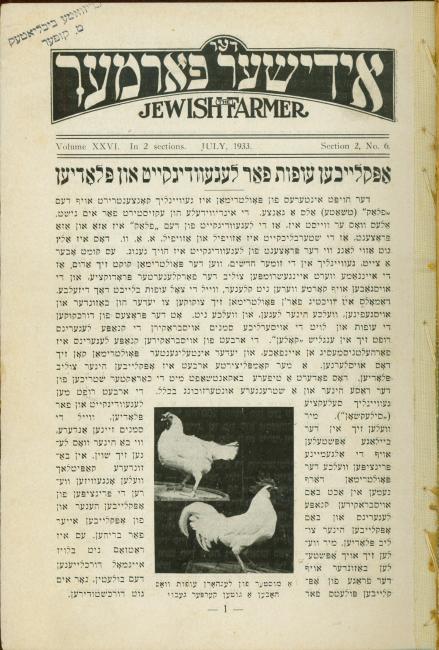
Starting in the late nineteenth century, a number of Jewish organizations and individual donors helped to establish agricultural colonies across the United States. These farms were part of an idealistic back-to-the-land movement, but also were a way to resettle some of the masses of new Eastern European immigrants in the overcrowded urban areas. It didn’t always pan out. To learn more, check out these memories of life in American Jewish farming communities from our Wexler Oral History Project collection.
These resources were curated as part of Jewish American Heritage Month. Each May, hundreds of organizations and individuals of all backgrounds join together to discover, explore, and celebrate the vibrant and varied American Jewish experience.
